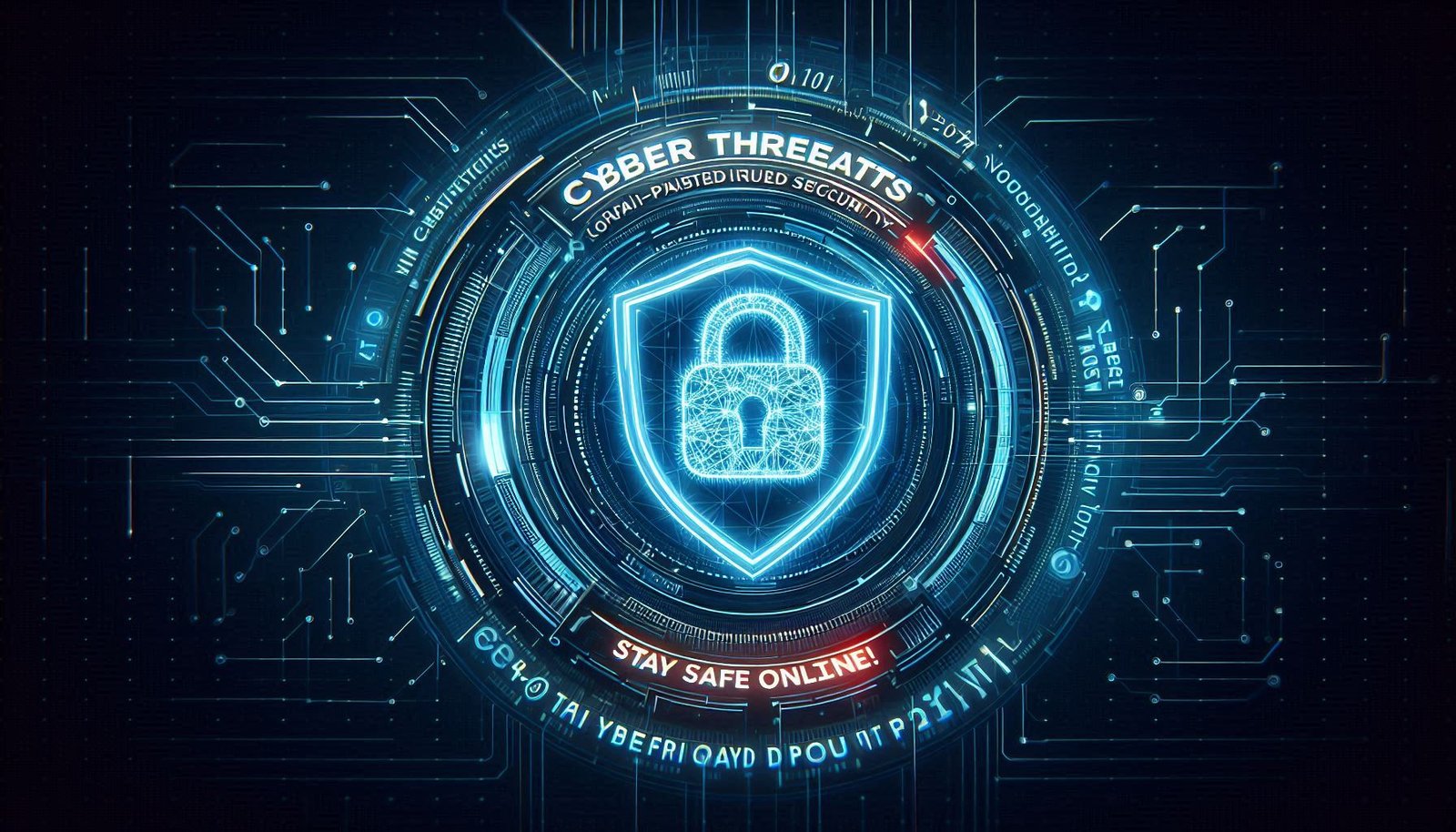As technology advances, cyber threats continue to evolve, making cybersecurity more critical than ever. With increasing cyberattacks, data breaches, and AI-driven threats, businesses and individuals must stay updated on the latest cybersecurity trends. Here are the key cybersecurity trends that will shape 2025.
(Learn more about cybersecurity from Wikipedia and Microsoft Security.)
1. AI and Machine Learning in Cybersecurity
AI-powered cybersecurity tools are improving threat detection and response times by:
- Identifying suspicious patterns in real-time.
- Automating security protocols to prevent attacks.
- Enhancing phishing detection and fraud prevention.
Example: Companies like IBM Security and Google Cloud Security are integrating AI for proactive cybersecurity.
2. Zero Trust Security Model
The Zero Trust framework ensures stricter access controls by:
- Verifying every access request before granting permissions.
- Implementing multi-factor authentication (MFA) for all users.
- Reducing insider threats through continuous monitoring.
Example: Cisco Zero Trust is helping businesses secure their networks with this approach.
3. Quantum Computing and Cybersecurity
Quantum computers pose a challenge to traditional encryption, leading to:
- Development of post-quantum cryptography to secure data.
- Increased research in quantum-resistant encryption methods.
Example: Organizations like NIST are working on quantum-safe encryption standards.
4. Ransomware Attacks on the Rise
Ransomware remains a major threat, affecting businesses and governments worldwide. Key defenses include:
- Regular data backups to prevent data loss.
- Advanced threat detection and response systems.
- Employee training to recognize phishing attempts.
Example: The rise of Ransomware-as-a-Service (RaaS) has made attacks easier for cybercriminals.
5. IoT Security Challenges
With billions of connected devices, IoT security is crucial. Key measures include:
- Implementing strong encryption and authentication protocols.
- Regular software updates to fix vulnerabilities.
- Network segmentation to limit device access.
Example: Companies like Fortinet are providing IoT security solutions to protect smart devices.
6. Cloud Security Enhancements
As businesses shift to cloud computing, securing cloud environments is vital. Strategies include:
- Implementing identity and access management (IAM).
- Continuous monitoring for unusual activity.
- Encrypting sensitive data stored in the cloud.
Example: Cloud providers like AWS Security and Microsoft Azure Security offer robust cloud security solutions.
7. Cybersecurity Regulations and Compliance
Governments worldwide are tightening cybersecurity laws to protect user data. Key regulations include:
- GDPR (General Data Protection Regulation) in Europe.
- CCPA (California Consumer Privacy Act) in the US.
- New cybersecurity frameworks to ensure corporate compliance.
Example: The European Union Agency for Cybersecurity (ENISA) is working to improve cybersecurity policies across Europe.
8. The Role of Blockchain in Security
Blockchain technology enhances cybersecurity by:
- Providing decentralized, tamper-proof ledgers.
- Securing transactions and digital identities.
- Preventing fraud and data breaches.
Example: IBM Blockchain is exploring blockchain applications in cybersecurity.
Conclusion
Cybersecurity is evolving rapidly to counter sophisticated cyber threats. By leveraging AI, Zero Trust security, quantum-safe encryption, and blockchain technology, businesses and individuals can stay protected in 2025.
Top Cybersecurity Trends to Watch in 2025
Table of Contents
For more cybersecurity insights, visit Computer Academy.
🚀 What are your thoughts on the future of cybersecurity? Let us know in the comments! 😊
















1 thought on “Top Cybersecurity Trends to Watch in 2025”